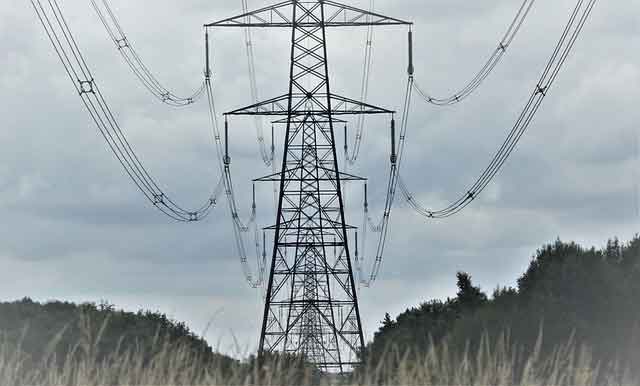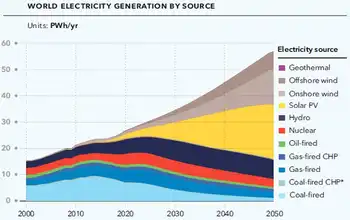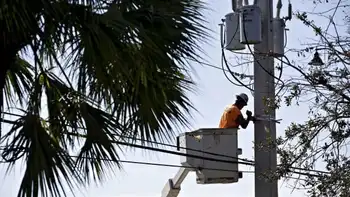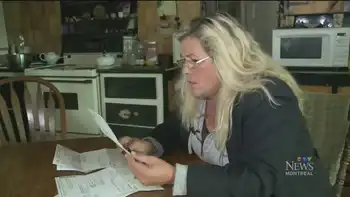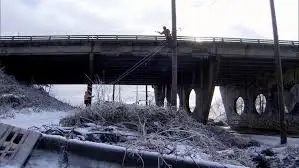Balqon to produce heavy-duty electric truck
By Expansion Management
Protective Relay Training - Basic
Our customized live online or in‑person group training can be delivered to your staff at your location.

- Live Online
- 12 hours Instructor-led
- Group Training Available
At the site, Balqon is producing fleets of clean, all-electric, heavy-duty trucks capable of hauling 30-ton shipping containers in and around the San Pedro Bay port complex.
An initiative of the Port of Los AngelesÂ’ Clean Air Action Plan, the development and demonstration of the Balqon electric truck was co-funded by the port and South Coast Air Quality Management District (AQMD) at a cost of $527,000.
Balwinder Samra, CEO of the Santa Ana, Calif.-based company, said that the facility is the result of a public-private partnership between the company and city of Los Angeles.
“Our company has moved to this local community to create green jobs and also agreed to pay royalties to both AQMD and Port of Los Angeles which is expected to yield more than $1 million during the first three years,” he said. “The company has received increased interest in its products in global markets and expects that this year more than 40 percent of the revenues will be generated by international customers, while creating hundreds of jobs in the local community.”
Following the successful completion of cargo terminal tests last year, the Los Angeles Harbor Commission approved the purchase of 20 electric trucks from Balqon as part of the “green terminal” program. These trucks will be deployed as a zero-emissions alternative to fossil fuel-powered yard tractors.
Designed specifically for short-haul operations, BalqonÂ’s heavy-duty truck can pull a 60,000-pound cargo container at a top speed of 40 mph, and it has a range of 30- to 60-miles-per-battery charge. The battery charger can charge up to four electric trucks simultaneously in four hours and can also provide up to 60 percent of the charge in one hour to meet peak demands during daily operations, according to the company.
“The support and collaboration we received from the port and city of Los Angeles enabled us to develop, test and move into production in less than two years’ time,” Samra said.
S. David Freeman, president of the Harbor Commission, said bringing Balqon to the metro area represents a giant leap in its effort to develop a clean technology industry.
“We are proud to be the first port in the world to develop and put into service these groundbreaking electric trucks,” he pointed out. “They are a triple winner: cleaner, lower cost and quiet. They don’t generate the harmful tailpipe emissions that plague the air quality in Southern California.”
The Port of Los Angeles generates 919,000 regional jobs and $39.1 billion in annual wages and tax revenues.





